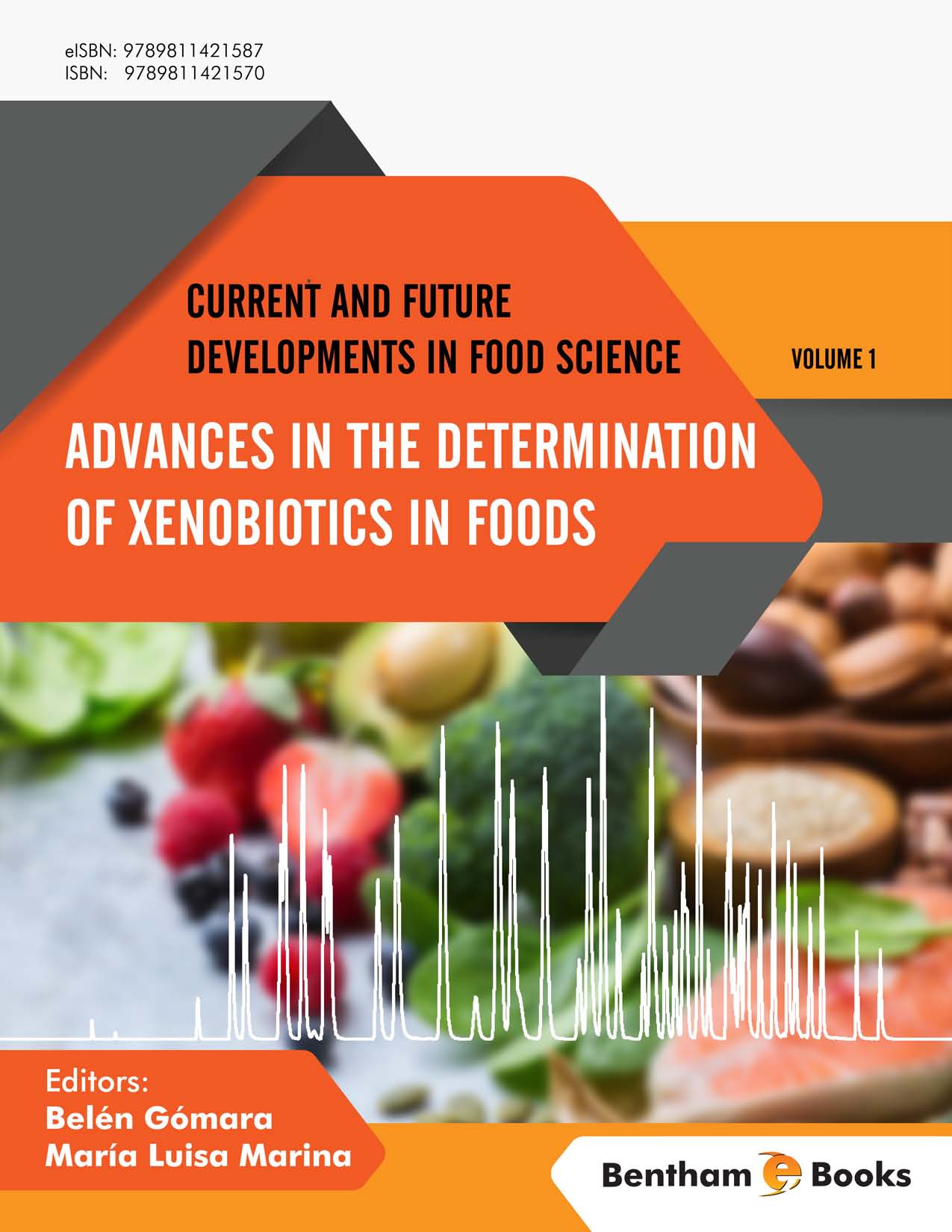Safety Assessment of Active Food Packaging: Role of Known and Unknown Substances

- Authors: Filomena Silva1, Raquel Becerril2, Cristina Nerín3
-
View Affiliations Hide Affiliations1 ARAID – Agencia Aragonesa para la Investigación y el Desarollo, Av. de Ranillas 1-D, planta 2ª, oficina B, 50018 Zaragoza, Spain 2 I3A – Aragón Institute of Engineering Research, University of Zaragoza, Calle María de Luna 3, 50018 Zaragoza, Spain 3 I3A – Aragón Institute of Engineering Research, University of Zaragoza, Calle María de Luna 3, 50018 Zaragoza, Spain
- Source: Advances in the Determination of Xenobiotics in Foods , pp 1-41
- Publication Date: October 2019
- Language: English
Safety Assessment of Active Food Packaging: Role of Known and Unknown Substances, Page 1 of 1
< Previous page | Next page > /docserver/preview/fulltext/9789811421587/chapter-1-1.gif
Nowadays, consumers are more aware of what they eat and also request, minimally processed foods and they tend to prefer biodegradable or bio-based packaging. One of the most accepted technologies to battle this problematic is active packaging. Active packaging protects the food product by extending its shelf-life while guaranteeing its safety through the addition of antimicrobials or antioxidants that actively interact with the packaging atmosphere or the food product to avoid oxidation processes, microbial growth and other routes responsible for food spoilage. Although yet not fully implemented in Europe, active packaging is expected to reach a compound annual growth rate of 6.9% in 2020. However, in order to get these active packaging solutions into the market, their safety must be ensured and they must comply with the European legislation on the topic, both for the active substances incorporated into the packaging materials as for the packaging material itself. These packaging materials, either plastic or bio-based, can pose food safety risks to consumers due to the migration of compounds from the packaging to the food product. Compounds like plasticizers, additives, polymer monomers/oligomers and even non-intentionally added substances (NIAS) can migrate from the packaging material to the food product at concentrations capable to endanger human health and, therefore, they must be correctly detected and identified, to allow a correct risk assessment and strict monitoring of the packaging materials available.
-
From This Site
/content/books/9789811421587.chapter-1dcterms_subject,pub_keyword-contentType:Journal -contentType:Figure -contentType:Table -contentType:SupplementaryData105

